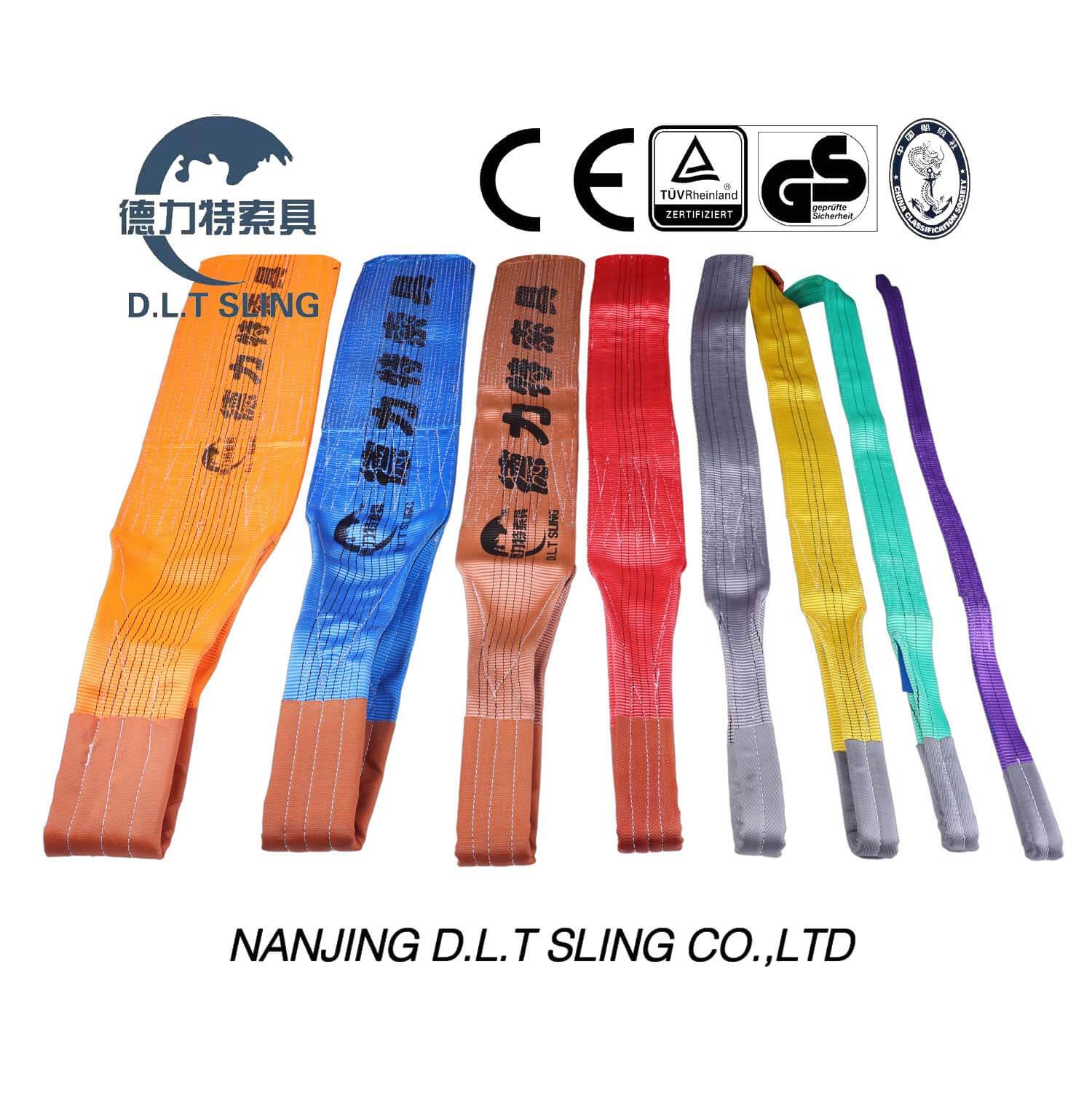Polyester and nylon slings are two commonly used types of synthetic lifting slings in various industries. While these slings may appear similar at first glance, there are significant differences between them that affect their performance, durability, and suitability for different lifting applications. In this blog post, we will explore the key distinctions between polyester and nylon slings.
Both polyester and nylon slings offer considerable strength, but nylon slings typically have a higher load-bearing capacity. Nylon has a greater tensile strength than polyester, making it particularly suitable for heavy lifting operations. Nylon slings are often the preferred choice when working with extremely heavy loads or in demanding industrial environments.
Polyester slings are made from polyester fibers, which are known for their exceptional strength and resistance to stretching. Nylon slings, on the other hand, are constructed from nylon fibers, which exhibit high tensile strength and excellent elasticity.
One significant difference between the two sling types is their stretch and elasticity characteristics. Nylon slings have excellent stretch and elasticity, allowing them to absorb shock loads and provide an extra margin of safety during lifting. This elasticity also helps distribute the load more evenly, reducing the risk of damage to the load or the sling itself. Polyester slings, while still capable of some stretch, have less elasticity compared to nylon slings.
Polyester slings are generally more affordable than nylon slings. Additionally, polyester slings are more readily available in a wide range of sizes and configurations, making them a popular choice for many lifting applications.
Nylon slings have a higher affinity for water compared to polyester slings. Nylon fibers tend to absorb and retain moisture, which can affect their strength and dimensional stability. Polyester slings, on the other hand, are hydrophobic and do not absorb water, ensuring consistent performance in wet or humid conditions.
Polyester slings exhibit superior resistance to chemicals and ultraviolet (UV) radiation compared to nylon slings. Polyester fibers are highly resistant to degradation caused by exposure to acids, alkalis, and sunlight. This makes polyester slings more suitable for outdoor applications or environments where exposure to harsh chemicals is expected.
In conclusion, polyester and nylon slings have distinct characteristics that make them suitable for different lifting operations. Nylon slings excel in heavy-duty lifting scenarios, providing high strength, elasticity, and shock absorption. Polyester slings offer chemical and UV resistance, making them ideal for outdoor and chemically challenging environments. Consider the specific requirements of your lifting application, load weight, environmental conditions, and budget constraints when selecting between polyester and nylon slings. Consulting with lifting and rigging professionals or manufacturers can help ensure the most appropriate sling type is chosen for the task at.
